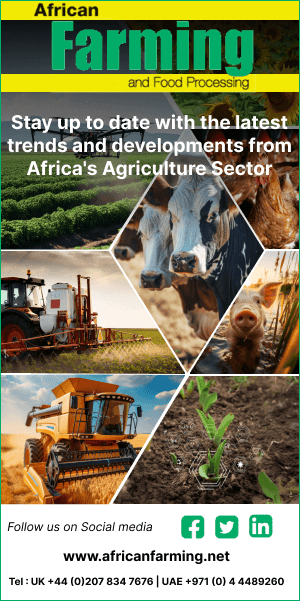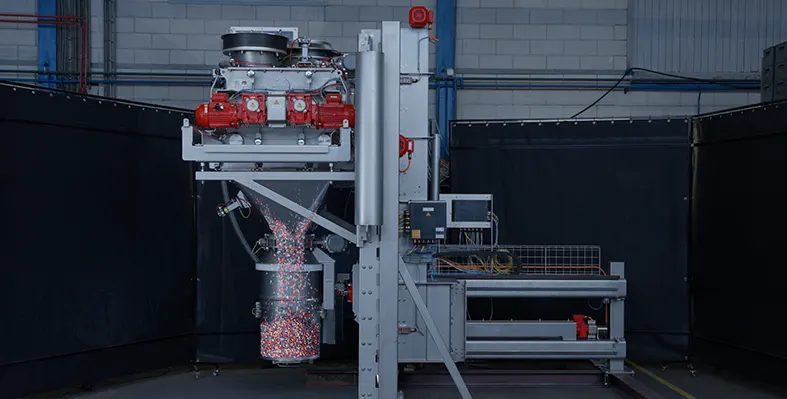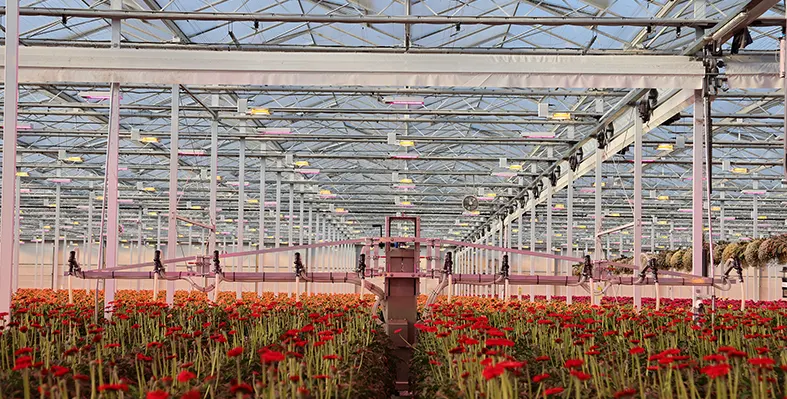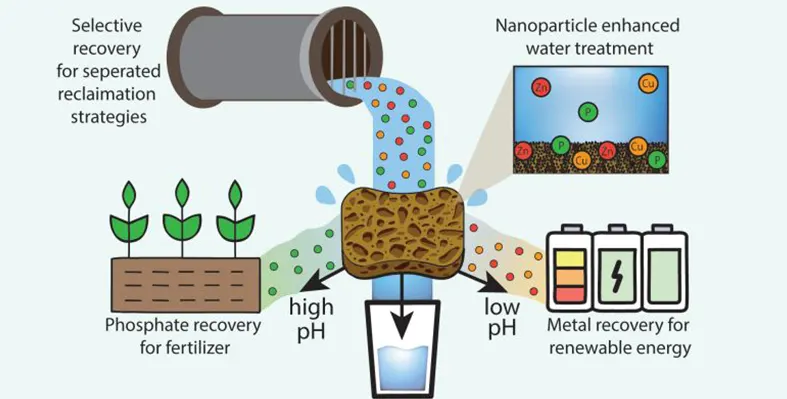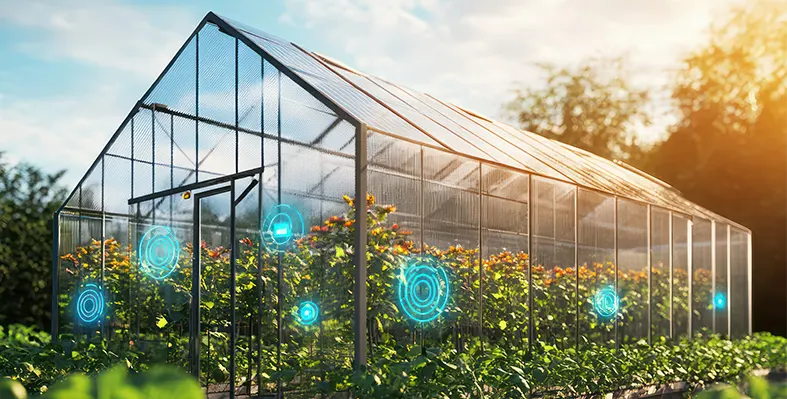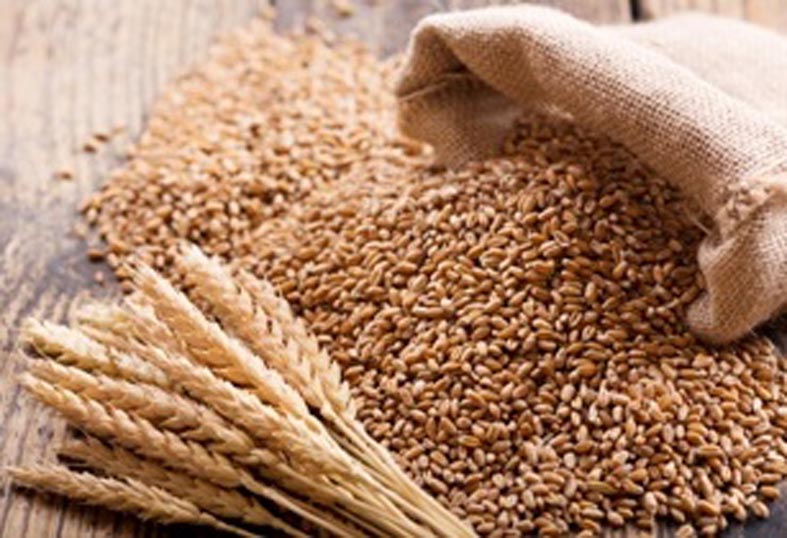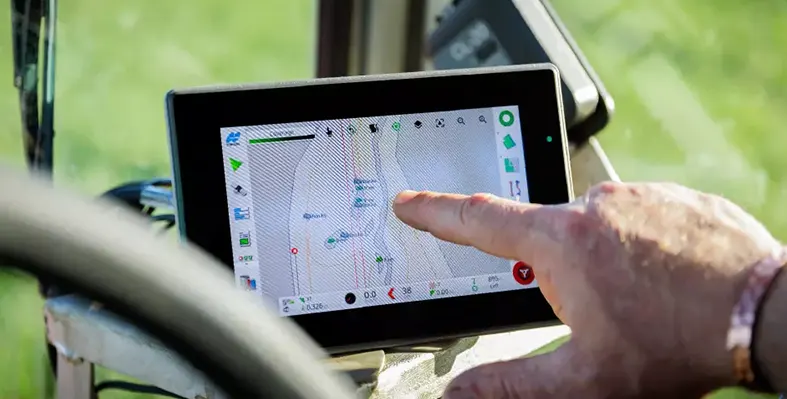
Representatives from CIRAD and GAR (3rd and 4th from left) sign an MoU to advance sustainable palm oil research at the Indonesia-France Business Forum 2025. (Image source: Golden Agri-Resources)
Integrated palm oil company Golden Agri-Resources (GAR) has entered into a new agreement with the French Agricultural Research Centre for International Development (CIRAD) to accelerate innovation in sustainable palm oil
The Memorandum of Understanding (MoU), signed in Jakarta, marks a renewed phase of collaboration, focused on addressing pressing challenges in the palm oil industry. This latest initiative builds upon a 25-year partnership between CIRAD and the SMART Research Institute (SMARTRI), GAR’s primary agricultural R&D facility.
Originally established in 1996, the collaboration between GAR and CIRAD has evolved through successive agreements covering sustainable production, environmental stewardship, and precision agriculture. Over the years, the partnership has resulted in nearly IDR550 billion (approx. US$33.78mn) in joint investments in research and development.
Science driving sustainability
Together with WWF Indonesia, the partners also created the biennial International Conference on Oil Palm and the Environment (ICOPE). At the February 2025 edition, global researchers and early-career scientists shared new insights into topics such as biodiversity conservation and climate adaptation in the palm oil sector.
The partnership has supported major global research initiatives, including the Sustainable Palm Oil Production (SPOP) project backed by the French National Research Agency, and the International Oil Palm Genome Projects (OPGP) Consortium.
Through the renewed agreement, both organisations have committed to science-driven, practical solutions for enhancing sustainability in palm oil. Their collaboration will include research into plant performance modelling and simulations on climate change impacts, all aimed at supporting smallholder livelihoods amid increasing climate pressures.
“Our partnership with CIRAD brings together global scientific expertise with field research that addresses the realities of Indonesia’s palm oil landscape. It enables us to develop innovative, practical, and scalable solutions, with benefits not just for our plantations, but for independent smallholders across Indonesia,” explained The Biao Leng, president director at Sinar Mas Agribusiness and Food, GAR’s Indonesian subsidiary.
Beyond improving productivity, the renewed partnership will explore agroforestry models to enhance national food security, reduce emissions, and contribute to Indonesia’s broader sustainability goals.
“Our collaboration with GAR demonstrates how international partnerships can combine scientific rigour with practical results. It enables us to address key sustainability challenges such as climate resilience, land-use efficiency, and smallholder inclusion. This is a truly integrated approach to transforming the sector,” said Jean-Marc Roda, CIRAD regional director for Southeast Asia Island Countries.










